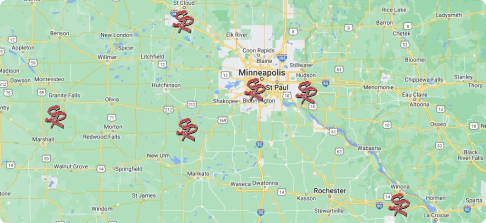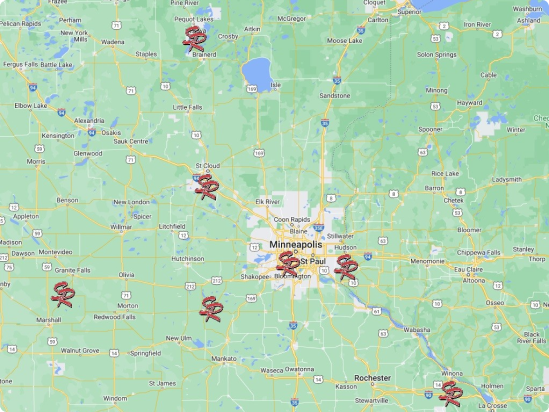Looking to get a new roof? Are you researching roofing replacement? If you are, you are likely encountering a lot of terms and information that may seem foreign to you. The more you know about the anatomy of your roof, the more enjoyable and efficient the process of getting a new roof will be. To help, we are breaking down the basic components of your roof and what may or may not need to be replaced when you get a new roof.
These are the basic layers of residential roofs.
Starting from the Top: Shingles, Shakes, and Other Roofing Materials
The top layer of your roof is going to be comprised of your “roofing materials.” These are the first line of protection for your home, and they can vary greatly in their aesthetic, price, and durability. When you are replacing your roof, these materials will always be completely replaced.
- Asphalt shingles
- Wood shingles and shakes
- Metal roofing
- Clay tiles
- Slate
There are a few other less common types. For more information on roofing materials, see our guide to roofing options.
Ice and Water Barriers
While not present on all roofs, ice and water barriers are an underlayment that is put down underneath your shingles, shakes, etc., that can help protect against moisture and leaks caused by ice and snow buildup or excessive rain. If you are getting a new roof and have a roofing underlayment, it may need to be replaced depending on its age and condition. If you do not have an ice and water barrier installed on your roof, you can opt to have one put in when you get a new roof.
If you are unsure if a roofing underlayment is right for you, you can read this breakdown on it here.
Roof Decking
Roof decking (also known as sheathing) is the wooden materials (boards) that fill the spaces between the structural joists and trusses. They provide a flat surface on the roof for the top layers to rest on. In most cases, decking will not have to be replaced. However, there are certain cases where damage has occurred, resulting in the need for new decking. These can include:
- Storm damage
- Trees or debris falling through the roof
- Moisture that causes rot, mold, or mildew
- Excessive aging
Considering the roof is stripped of top-level materials when a new roof is installed, these types of damage are easy to identify and repair.
Insulation (Sometimes)
There may be insulation present on the bottom layer of the roof in some homes, but this largely varies from house to house. Some houses have insulation underneath the decking, some don’t. Some use blow-in or spray foam insulation. It all can vary greatly. Insulation replacement is not necessary when you get a new roof, but getting a new roof is a good time to have it inspected for damage and efficiency. A well-insulated roof and attic space not only makes for a more comfortable home, it can also extend the life of your roof.


